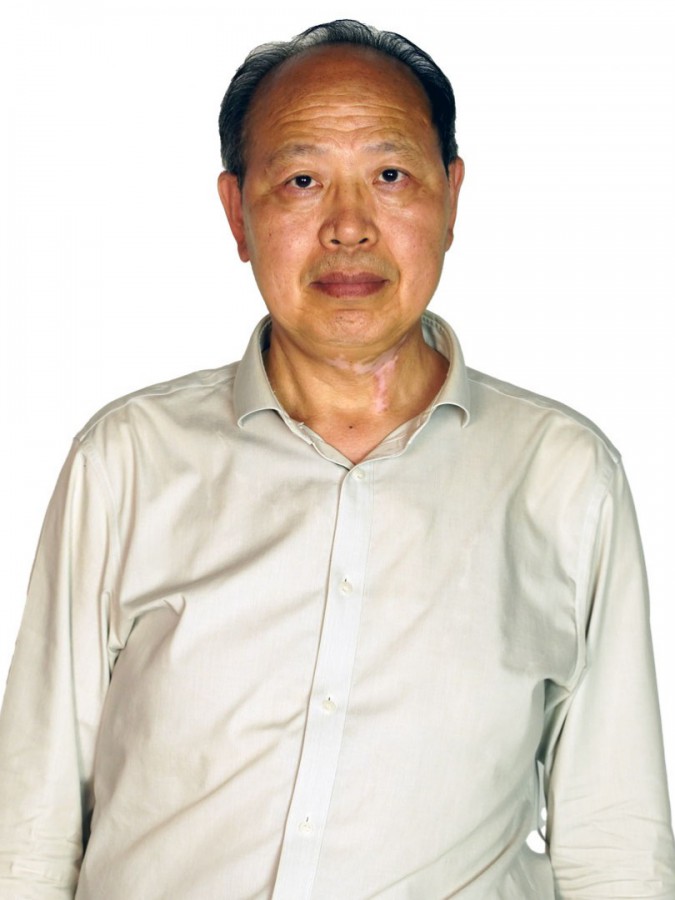resumo
Owing to the intriguing luminescent feature, Mn2+-doped materials have attracted a lot of attention. Unfortunately, their application potential is hampered by the parity-forbidden nature of Mn2+ 3d-3d transition, and the insufficient excitation light absorption is the main obstacle. Although the use of a sensitization strategy effectively addresses this issue, explicit knowledge of the sensitization mechanism is insufficient, severely limiting the improvement of Mn2+ luminescence performance in a wide range of materials. Herein, the sensitization of Mn2+ luminescence is investigated in Eu2+, Mn2+-codoped SrMgP2O7 which has the high luminescence efficiency upon UV excitation. The electronic transition properties of Eu2+ and Mn2+ are studied by VUV-UV-vis spectroscopy, and the sensitization mechanism is elucidated by luminescence dynamics simulations. Efforts are also made to evaluate the impact of temperature variation on the sensitization efficiency. Based on these discussions, the collaboration of high-efficiency Eu2+ -> Mn2+ energy transfer via dipole-dipole interaction and suppression of Mn2+ luminescence loss results in the significant sensitization of Mn2+ luminescence in Eu2+, Mn2+-codoped materials, which are essentially associated with probable orbital hybridization and weak electron-vibration interaction, respectively. Current research provides a practical guideline for analyzing the luminescence sensitization effect in the donor-acceptor system, which facilitates the development of materials with unique optical features.
palavras-chave
ELECTRON-VIBRATIONAL INTERACTION; ENERGY-TRANSFER; PHOTOLUMINESCENCE PROPERTIES; DIVALENT LANTHANIDES; TRANSITION ENERGIES; STOKES SHIFT; PHOSPHOR; ULTRAVIOLET; MECHANISM; EMISSION
categoria
Chemistry
autores
He, J; Cai, NH; Fu, LS; Shi, R
nossos autores
agradecimentos
The present work was supported by the Guangzhou Science and Technology Planning Project (no. 201904010497) and the Scientific Research Project of Guangzhou University (no. YJ2021001). R.S. acknowledges the financial support from the FCT project NanoHeatControl (POCI-01-0145-FEDER031469) when appropriate. Dr. Yan Huang (Beijing Synchrotron Radiation Facility, China) is acknowledged for the assistance in measurements of VUV-UV spectroscopic data. Authors also acknowledge the kind support in the acquisition of measurement resources as provided by Prof. Hongbin Liang and Prof. Jing Wang (Sun Yat-sen University) when appropriate.



